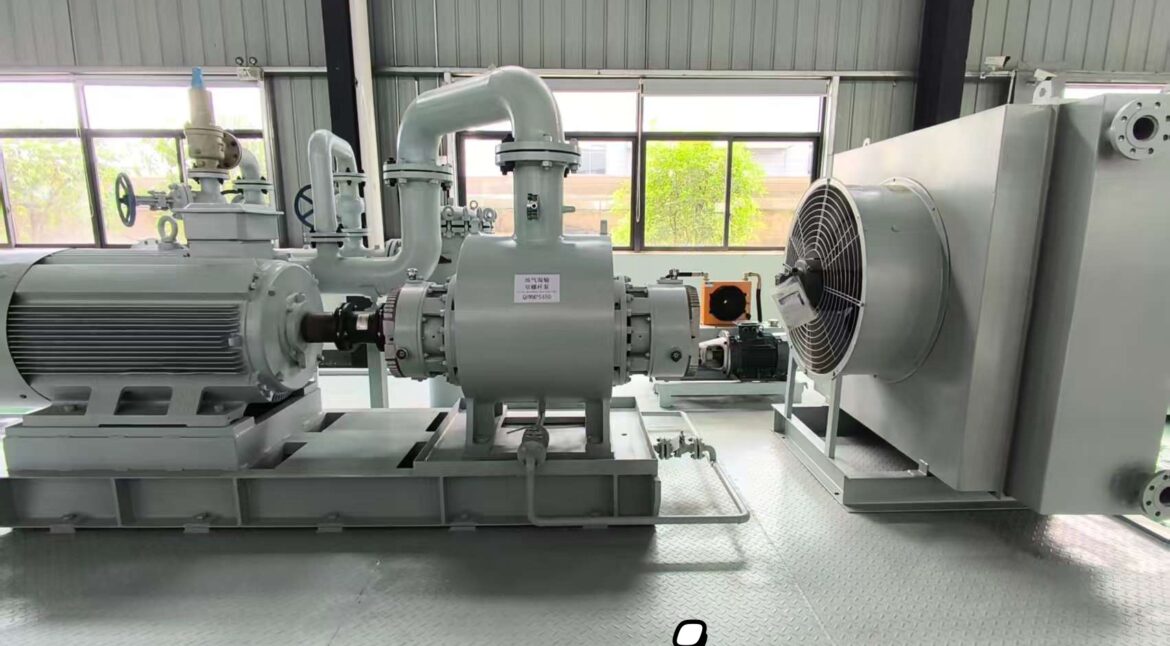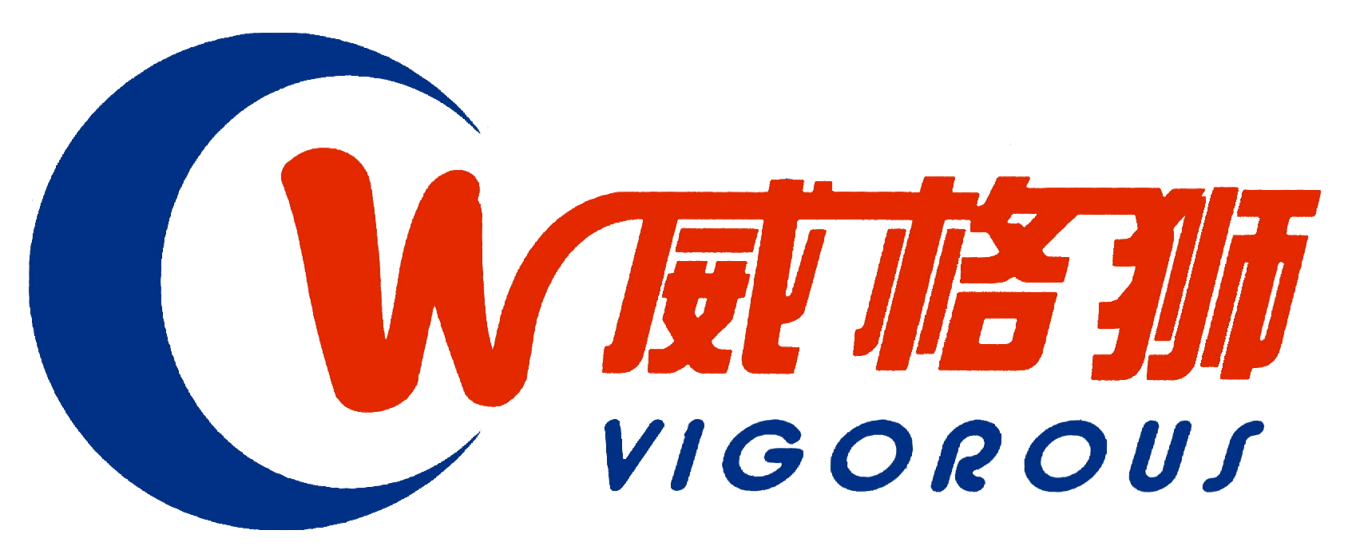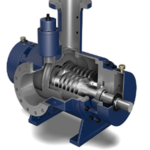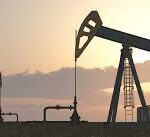Vigorous’ Heavy – Oil Multiphase Boosting System, with its innovative designs and core technologies, offers efficient solutions for the highly challenging working conditions in heavy – oil extraction, especially catering to the complex needs of oilfields in Russia and the Middle East. The following analysis, based on the characteristics of oilfields in these two regions, elaborates on the system’s technical advantages and customer value。

- By 小狮
- 23 5 月, 2025
- Company News, Knowledge Sharing
- No Comments



